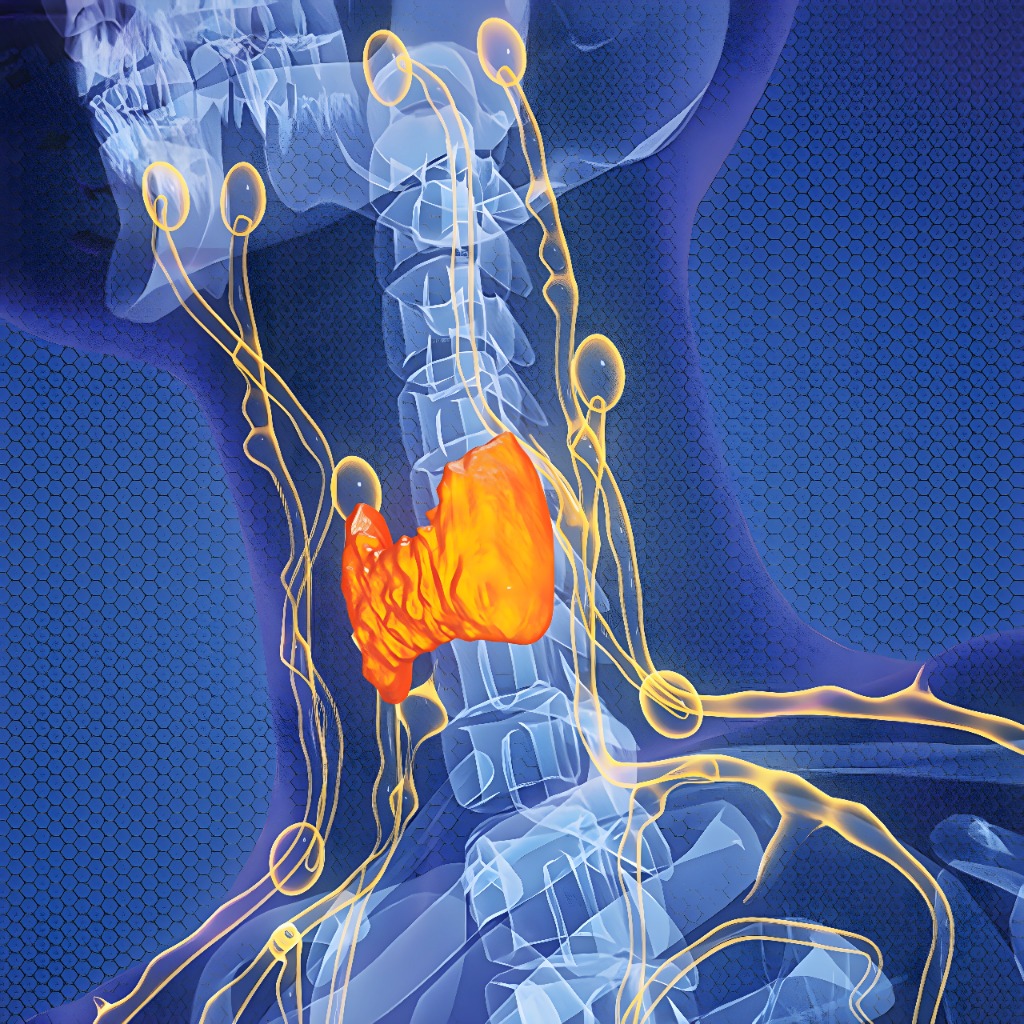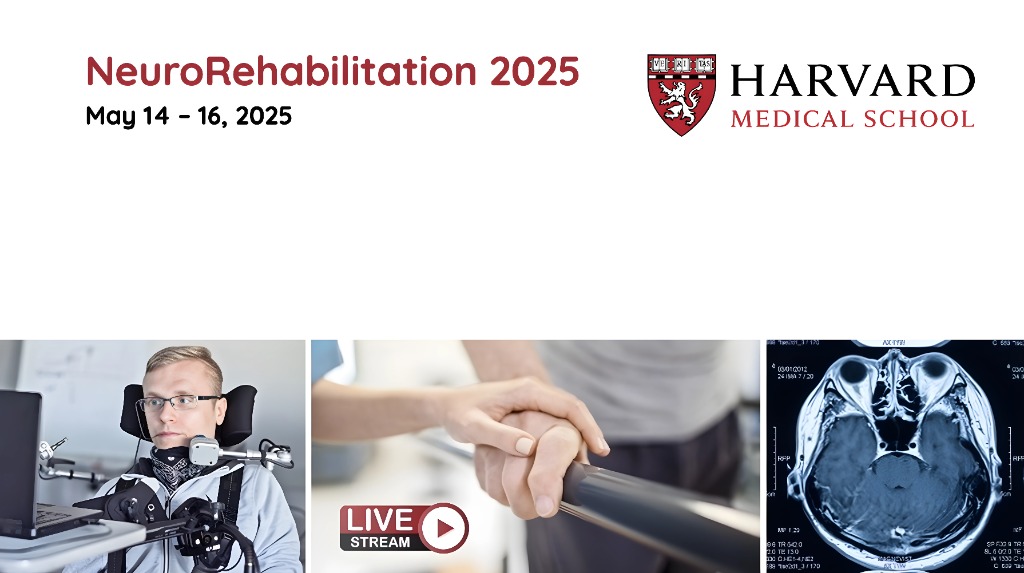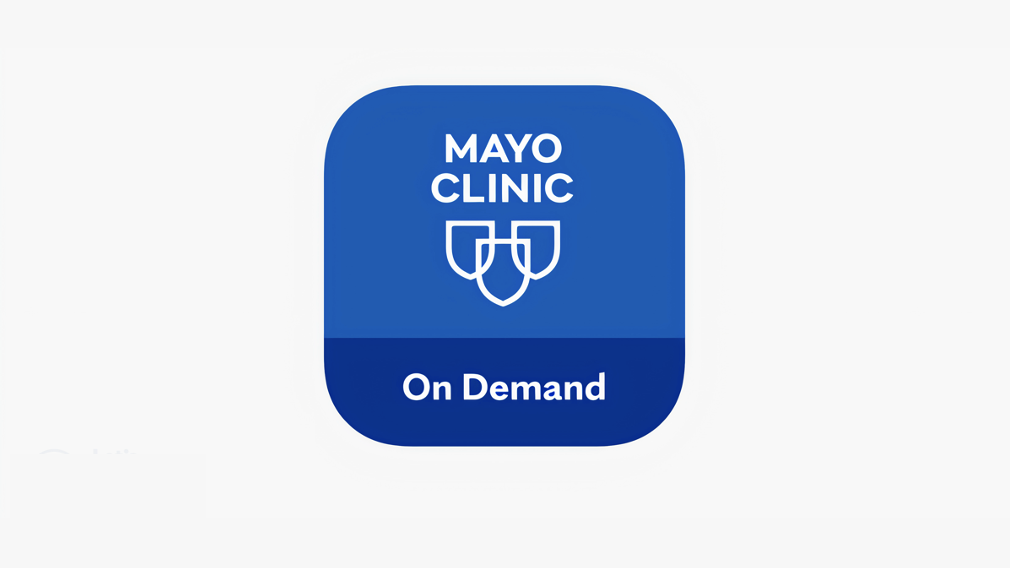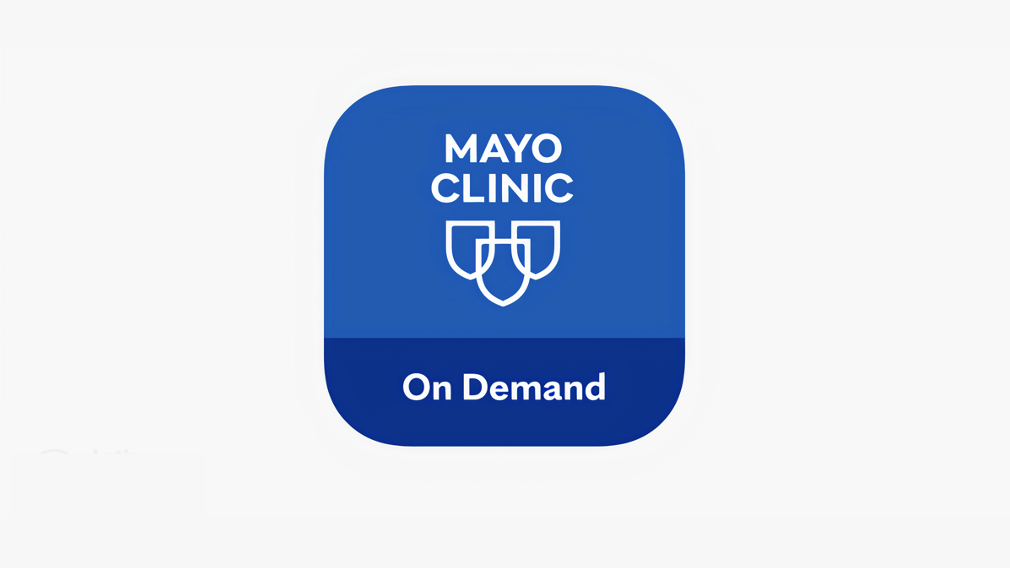COMPREHENSIVE REVIEW OF PAIN MEDICINE 2020 TOPICS
1. Public Policy and the Opioid Crisis: One State’s Experience – Rachel A. Levine, MD
2. The Opioid Epidemic and the Payor – Thomas Kowalski, RPh
3. Chronic Opioid Therapy and the DEA – Edgar L. Ross, MD
4. Moving Beyond Opioids for Pain Management – Paul F. White, PhD, MD, FANZCA
5. Opioids, Toxicology and Use Patterns – Mohammed Issa, MD
6. Opioids and Pediatric Pain Medicine – Pradeep Dinakar, MD, MS, FAAP
7. Chronic Opioid Therapy and Physician Decision Making – David Seaver, RPh, JD
8. Organizing Institutional Support for Opioid Prescribers and Rational Decision Making – Scott G. Weiner, MD, MPH
9. Restorative Electrical Stimulation for Back Pain – Christopher J. Gilligan, MD, MBA
10. Restorative Electrical Stimulation for the Post Stroke Shoulder – Marc A. Huntoon, MD
11. Spinal Cord Stimulation – New Advances and Devices – R. Jason Yong, MD, MBA
12. Electrical Stimulation for Pain – Beyond the Epidural Space – Assia T. Valovska, MD
13. Intrathecal Pharmacology – New Insights and Understanding – Tony L. Yaksh, PhD
14. Suicide and Chronic Pain – View from the Front Lines – Mary Esther Rohman, PhD
15. Pain Management for House Staff – Jason D. Ross, MD
16. Palliative Care for Clinicians – Moving Beyond Hospice – Kate Brizzi, MD
17. Interventional Procedure Considerations at the End of Life – Sanjeet Narang, MB, BS
18. Pain Medicine – A Primer for Mid-levels – Michael Ferrick, RN, NP
19. Interventional Management of Spasticity – Chloe S. Slocum, MD, MPH
20. Ultrasound for Musculoskeletal Procedures – Cheri A. Blauwet, MD
21. Neuroanatomy for Ultrasound-Guided Pain Procedures – Kamen V. Vlassakov, MD
22. Percutaneous Spinal Procedures – Beyond the Needle – Bohdan W. Chopko, PhD, MD
23. Pain and the Brain – The Future of fMRI and PET in Pain Medicine – Vitaly J. Napadow, PhD, LAc
24. Applying the Principles of Patient Engagement in Pain Medicine: Improving Pain Management and Reducing Opioid Use – Robert N. Jamison, PhD
25. Are Cannabinoids the New Frontier in Pain Management? – Mellar P. Davis, MD, FCCP, FAAHPM
26. Opioids and the Injured Worker – Edgar L. Ross, MD
27. Treating Pain in the Addict – Mohammed Issa, MD
28. Opioid Risk Management for Clinicians – Jayne Pawasauskas, PharmD, BCPS
29. Can NGF Inhibitors Replace Opioids? – Edgar L. Ross, MD
30. Explaining the CDC Guidelines – Michele L. Matthews, PharmD, CPE, BCACP, FASHP
31. Buprenorphine and its Role in Pain Medicine – Daniel P. Alford, MD, MPH
32. Do Epidural Steroid Injections Work? – Srdjan S. Nedeljkovic, MD
33. Radiofrequency Lesioning for Back and Neck Pain – Why the Controversy? – Srdjan S. Nedeljkovic, MD
34. Endocrinology and Pain – Robert R. Edwards, PhD, MSPH
35. Pain and Dementia – Mohammed Issa, MD
36. Pain Medicine and Psychiatry – Ajay D. Wasan, MD
37. Patient Care and the Use of Placebos: Nonspecific Treatment Effects in Pain Medicine – Robert N. Jamison, PhD
38. Measuring Outcomes – Beyond VAS – Robert R. Edwards, PhD, MSPH
39. Neonatal Pain Medicine – Pradeep Dinakar, MD, MS, FAAP
40. Telemedicine and the Future of Healthcare – Edgar L. Ross, MD
41. Postoperative Pain Medicine Without Opioids – Are We There Yet? – Jose Luis Zeballos, MD
42. Postoperative Pain Management in High-Risk Patients – Darin J. Correll, MD
43. Opioids for Pain – Where is the Pendulum Now? – David A. Thomas, PhD
44. Vertebral Augmentation – Joshua A. Hirsch, MD, FACR, FSIR, FSNIS
45. Psychopathology and the Treatment of Pain – Ryan T. Peterson, MD













